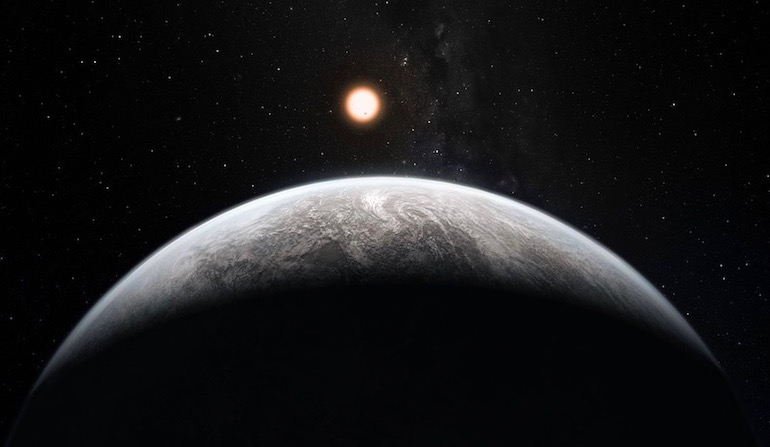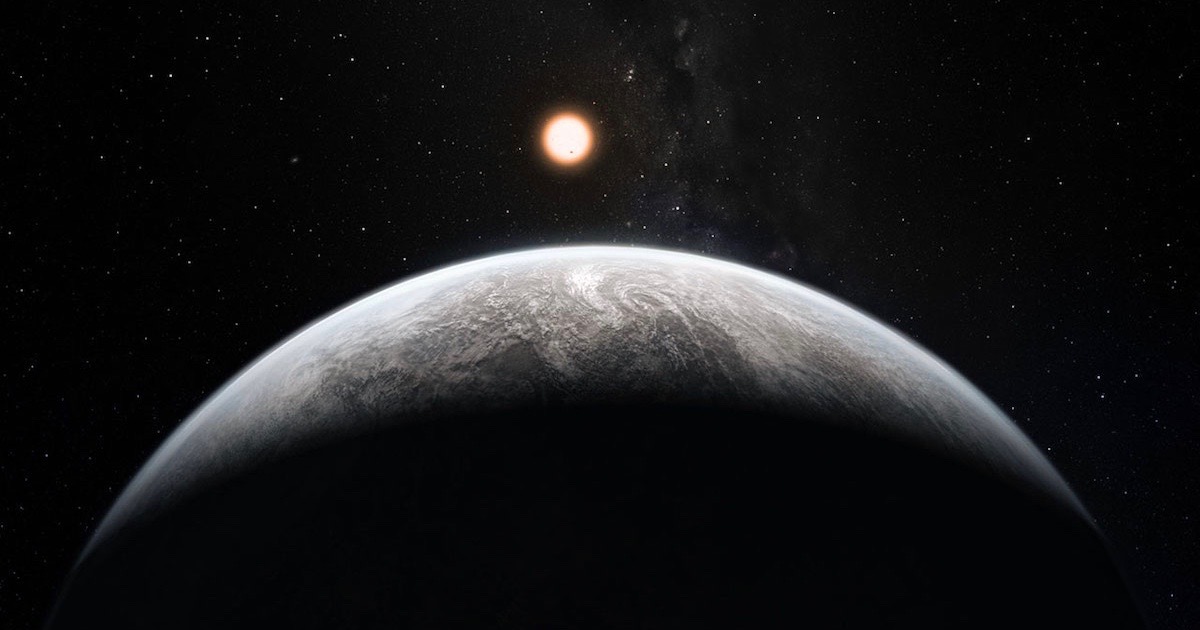 Physics, Earth & Space
Physics, Earth & Space
Are We Alone in the Cosmos? Here’s a Real Paradox for You


Astrophysicist Ethan Siegel writing at Forbes delivers a bracing chastisement to seemingly scientific efforts to estimate the probability of extraterrestrial intelligence (ETI) in the cosmos. The case in point is a preprint paper by Sandberg, Drexler, and Ord of the Future of Humanity Institute, Oxford University, claiming to “dissolve the Fermi paradox.”
The Fermi paradox represents the problem of why ETI ought to be abundant yet gives no sign of itself. We appear to be living alone. The paper “dissolves” the paradox by rethinking the Drake equation:
The expectation that the universe should be teeming with intelligent life is linked to models like the Drake equation, which suggest that even if the probability of intelligent life developing at a given site is small, the sheer multitude of possible sites should nonetheless yield a large number of potentially observable civilizations. We show that this conflict arises from the use of Drake-like equations, which implicitly assume certainty regarding highly uncertain parameters. We examine these parameters, incorporating models of chemical and genetic transitions on paths to the origin of life, and show that extant scientific knowledge corresponds to uncertainties that span multiple orders of magnitude. This makes a stark difference. When the model is recast to represent realistic distributions of uncertainty, we find a substantial ex ante probability of there being no other intelligent life in our observable universe, and thus that there should be little surprise when we fail to detect any signs of it.
They conclude:
When we update this prior in light of the Fermi observation, we find a substantial probability that we are alone in our galaxy, and perhaps even in our observable universe (53%–99.6% and 39%–85% respectively). ’Where are they?’ — probably extremely far away, and quite possibly beyond the cosmological horizon and forever unreachable.
Those are large ranges, but if credible would indeed seem to solve the difficulty of why we appear to be solo. Siegel candidly points out, however, that the values of a couple factors in the equations are utterly unknown.
This equates to two (in the Drake equation) unknowns that are absolutely necessary to reach the ultimate goal of intelligent aliens:
- the likelihood of creating life from non-life on an Earth-like world,
- and the likelihood of that life evolving into an intelligent, communicative, and possibly interstellar species.
In terms of raw probability, we have no idea how likely or unlikely these events are.
Abiogenesis and evolution without intelligent design? See Meyer, Signature in the Cell and Darwin’s Doubt. Siegel concludes:
It’s still possible that life, and even intelligent life, is ubiquitous in our galaxy and the Universe. It’s also possible that one is common and one is uncommon, or that both are extraordinarily rare. Until we have more information, don’t be fooled by the headlines: these aren’t brilliant estimates or groundbreaking work. It’s guessing, in the absence of any good evidence. That’s no way to do science. In fact, until we have better evidence, it’s not science at all.
“Not science at all” may be a bit harsh. If you ask us, the paper is in fact a helpful statistical analysis of the Drake equation. The authors show that taking ranges to account for our uncertainties is a better approach than “point estimates.” This is persuasive.
True, the paper is more statistical than it is scientific. However, its conclusion, the “we are indeed alone” answer to the Fermi paradox, is a reasonable and defensible conclusion to reach given our current evidence and current knowledge.
The problem is, none of these people cite papers or other writing by researchers on intelligent design, like the work done by Douglas Axe on protein evolution probabilities. So, they are always more optimistic than they should be. The probability of the origin of life without design or guidance is not unknown. It’s effectively zero.
Yet here’s a real paradox for you. Allowing design as an option actually increases the chances of extraterrestrial intelligence, since there is then a way to overcome the extremely remote probabilities. If there is ETI out there, it’s thanks to ID.
Image credit: An imagined alien “super-Earth,” by ESO/M. Kornmesser, via NASA.
